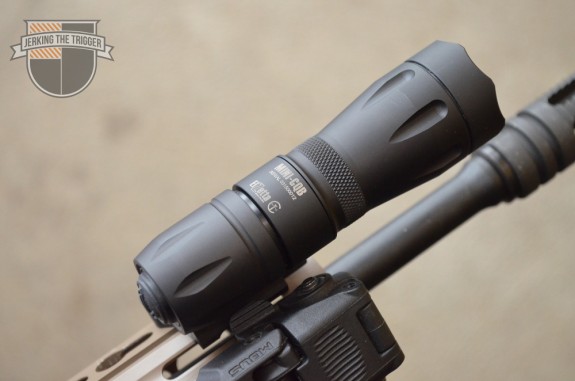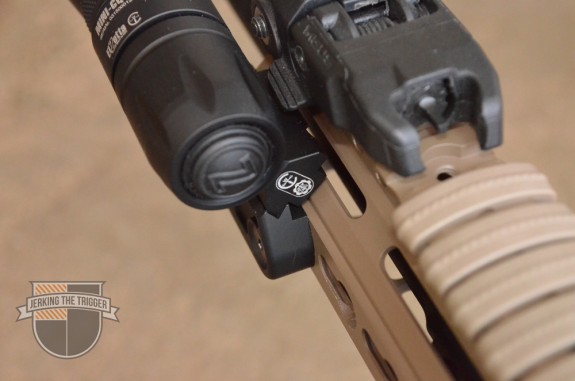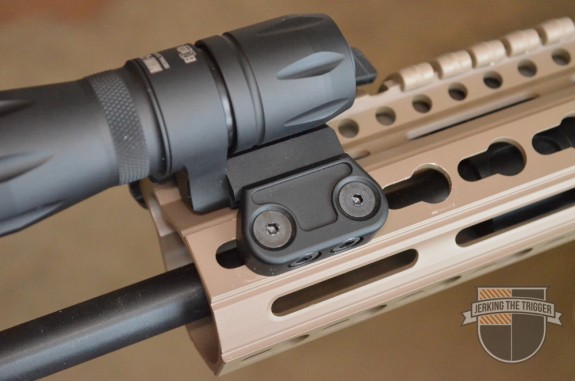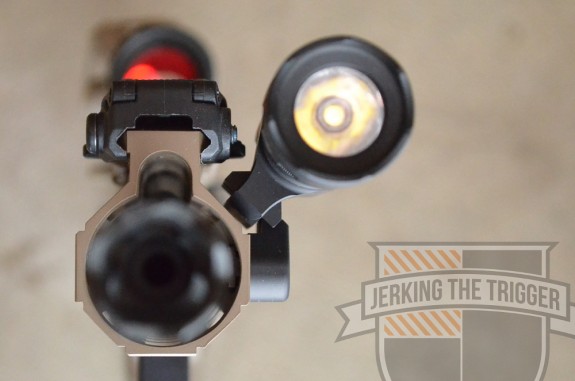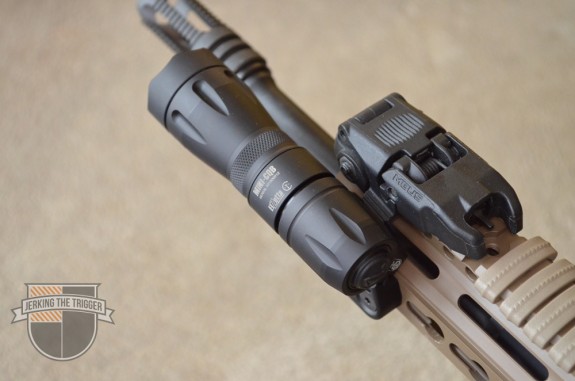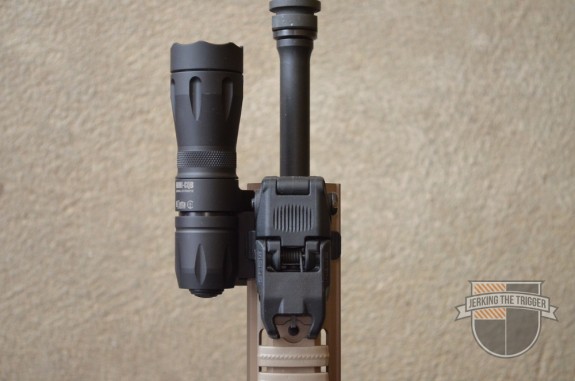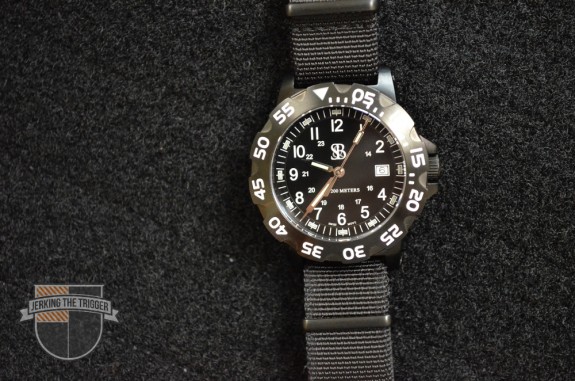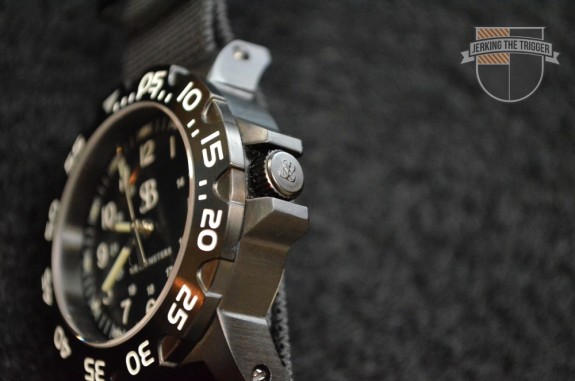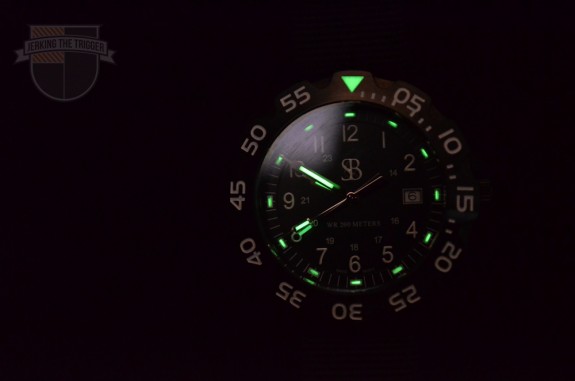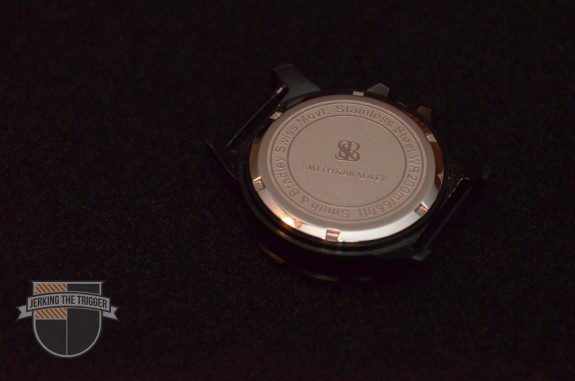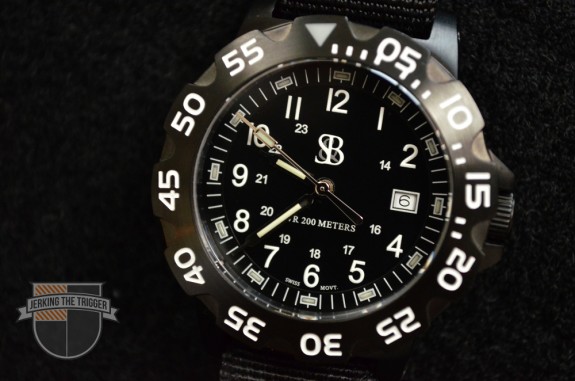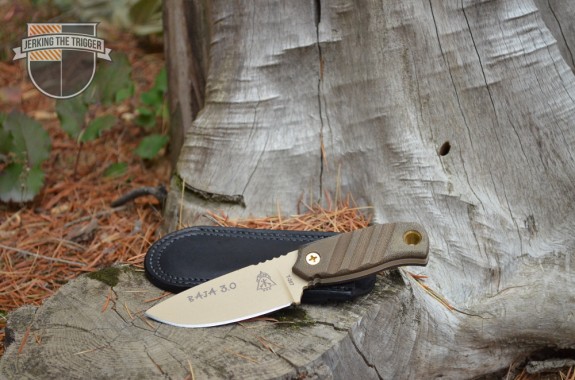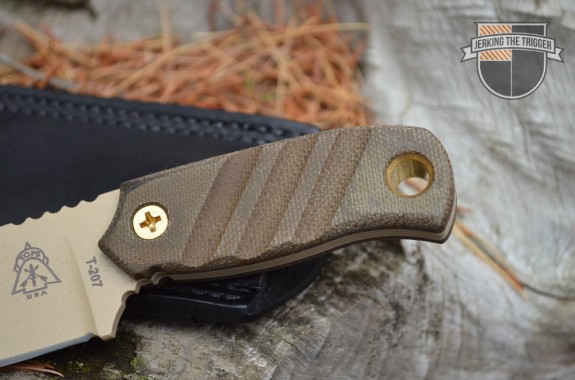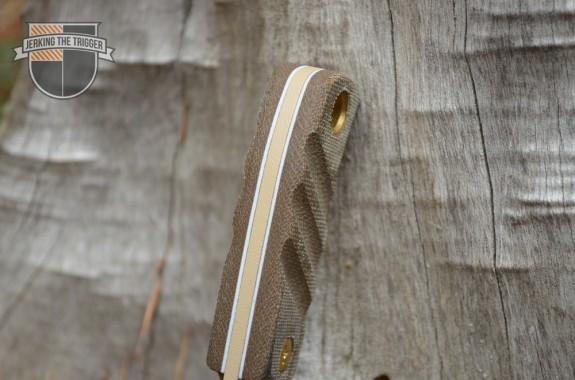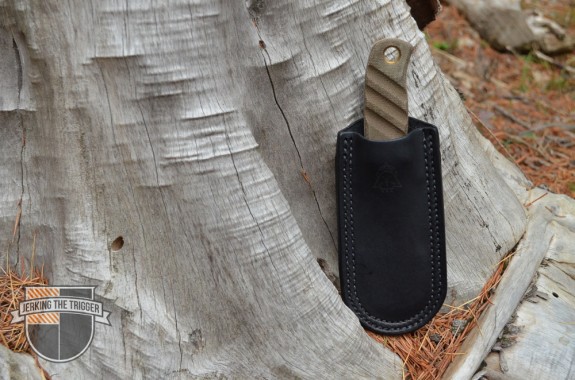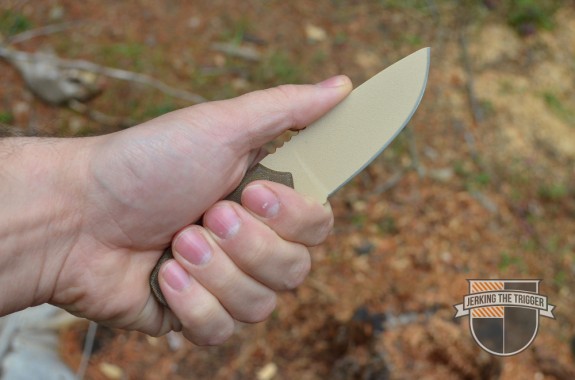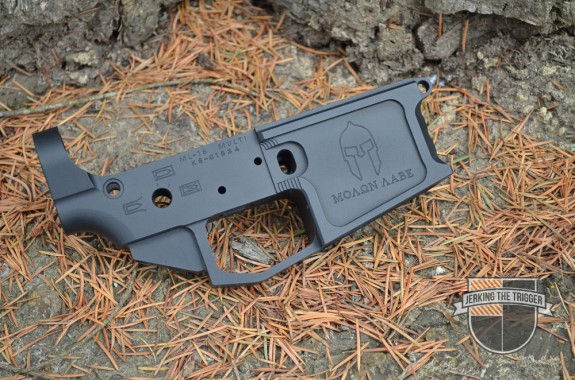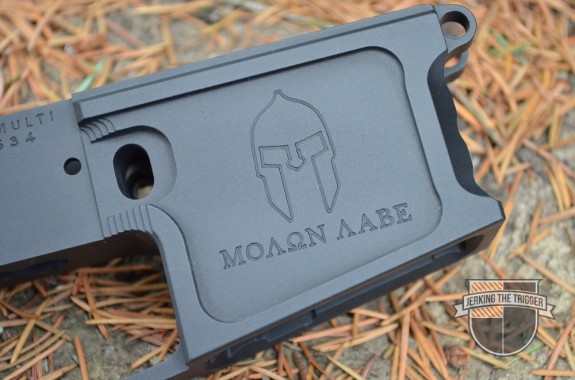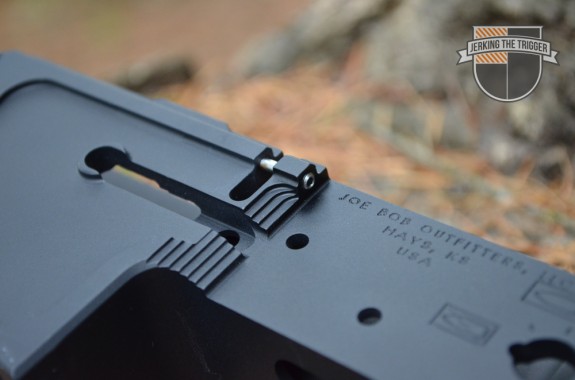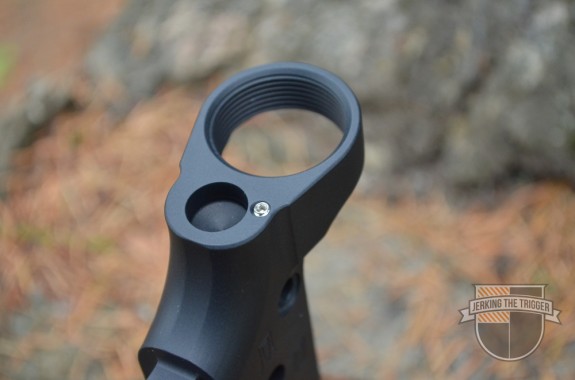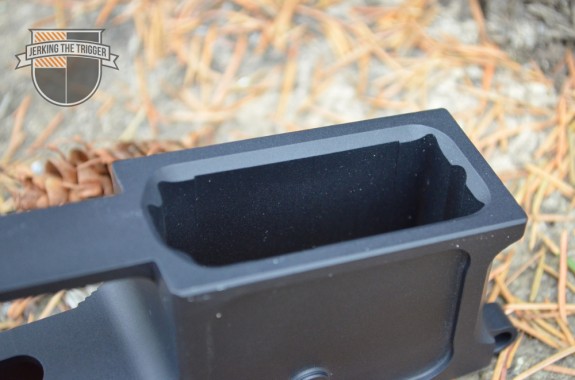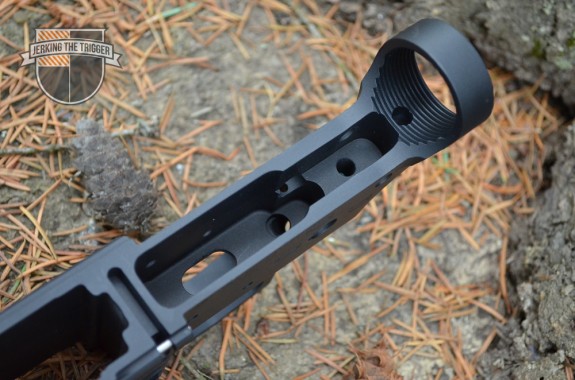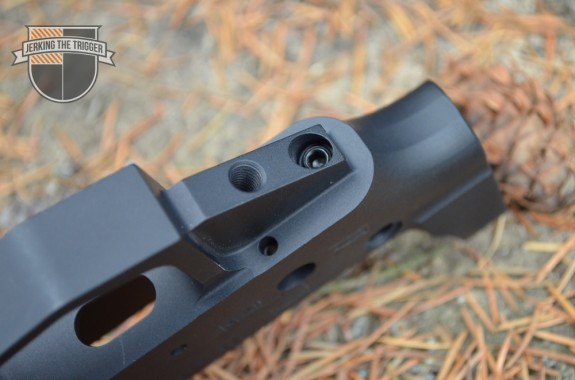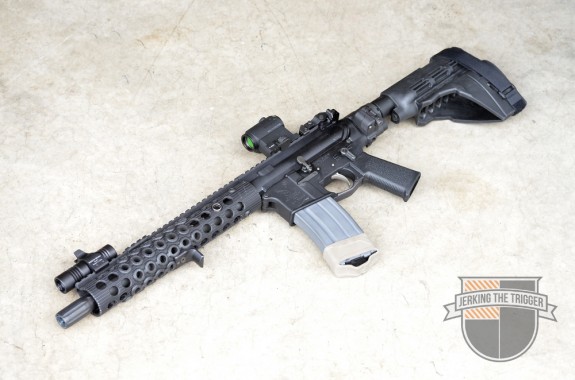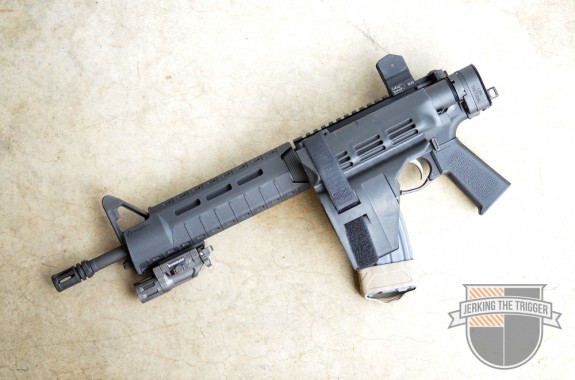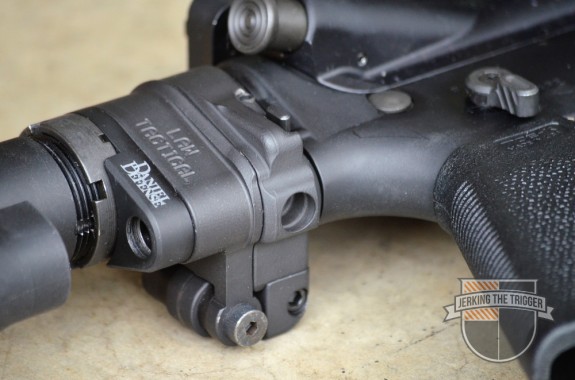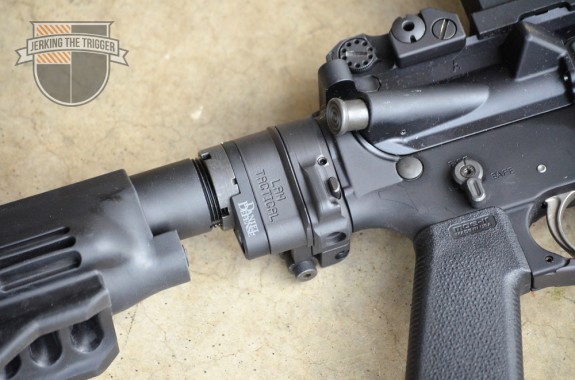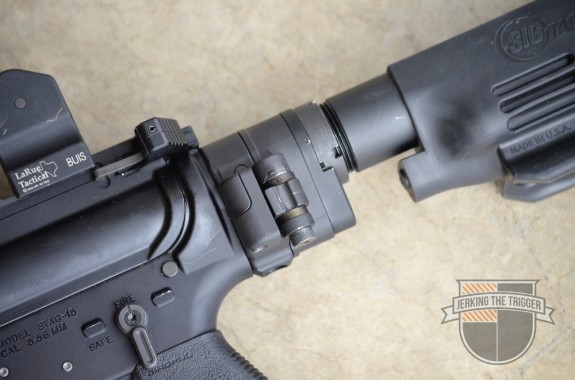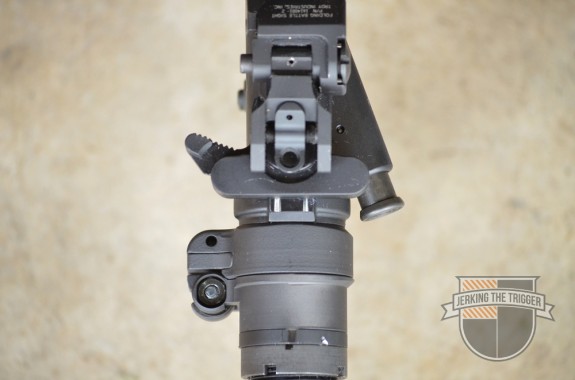I see it time and time again. When innovators find a way to work together, they can do greater things than they could have done alone. The brand new Mini-CQB weapon light from Elzetta and Impact Weapons Components (IWC) is a prime example of that.
A Perfect Marriage
Think about the potential of a partnership like this for a moment. Just a few short years ago there was only one widespread system for attaching accessories to rails (Picatinny rail) and LEDs were just starting to produce “tactical” level lighting at about 60-80 lumens. Now we have M-LOK and KeyMod jockeying for position with Picatinny rail and lights that can output over 300 lumens from a single CR123A battery. How do you keep up with those kinds of constantly evolving technologies? You bring together an industry leader in lighting with an industry leader in direct-connect mounting to create not just a light but a concept.
I call it a concept because, in a way, this is bigger than just a light. Both IWC and Elzetta are known for a modular approach. That sort of approach is evident in this light. Elzetta’s modular approach means that this light comes to market complete with a full suite of tailcaps that offer various functions (momentary only, clickie, strobe, high-low, and tape switches) and the ability to easily change the beam pattern to suit your needs using the available lenses. If a new attachment technology comes to market or you just decide to go another direction with your own collection, IWC’s modular mounting systems can adapt. Basically, this partnership and modular approach allow the light to scale with the state-of-the-art.
Overview of the Mini-CQB Weapon Light – Lighting Components
Internally, the Mini-CQB isn’t much different from an Elzetta Alpha. It uses a Cree XP-G2 emitter behind a solid acrylic lens to produce a balanced beam 315 lumens worth of light. It runs at near full output for about 50 minutes before it drops out of regulation and provides a long additional runtime of diminishing light.
The beam profile appears square up close but rounds out and blends at distance to provide a very wide and evenly distributed hotspot. I had no problem illuminating objects at 50 yards with enough light to identify them. Elzetta uses a lens instead of a reflector to provide a very wide beam with no hard edge.
Like all Elzetta lights, the electronics are fully potted. That means that once the light engine is built, the entire assembly is filled with epoxy and allowed to cure. This creates a completely water proof and shock proof module without a single moving piece. This is the key to Elzetta’s extreme shock and water resistance.
The light is machined from 6061-T6 aluminum. You can watch a recent video from Elzetta that shows just how deep in the weeds they go on material selection. The light is hard anodized for durability and to provide a low glare finish.
Overview of the Mini-CQB Weapon Light – Mounting Components
The mounting components of this light have IWC’s finger prints all over it. The light body has a lug that is design to accept mounts that are not unlike IWC’s previous cantilevered/offset mounts. This allows it to accept a mount that is completely ambidextrous and specific to Picatinny rails or a KML mount that works with KeyMod or M-LOK slots…
That’s right. I said it works with either KeyMod or M-LOK. This mount marks the debut of a new KML mount design that IWC has created that will work with both KeyMod and M-LOK! It is basically a new nut design coupled with permanent lugs on the mount that allow KML accessories to mount to either system. This should not be lost in the announcement of a new light. IWC has figured out how to create a mount that works across both systems. You can expect a full suite of KML mounts to hit the market soon.
The Picatinny Rail attachment is straight forward. It works much like any other offset mount you have used and will be especially familiar with you have used IWC’s other offset mounts. The KML mount is something completely new. The fixed mount portion has lugs that fit in either KeyMod or M-LOK slots. The nut is designed to mount within the larger back portion of the KeyMod slot or, you simply remove the nut and turn it over to work with M-LOK slots in the typical way. You can view a PDF version of the instructions here.
General Specs and Observations from Use
I have had this light in hand for a few days now so I am hardly qualified to give a full review. Consider this as more of an initial impression. I have, however, already spent quite a bit of time behind it in preparation for this article and, in a sense, the light components of the Mini-CQB are already vetted since it is the Elzetta Alpha internally.
The light weighs 4.7 ounces with the KML mount (4.7 ounces is the official weight from Elzetta and IWC but my scale reads 4.5 ounces) . The rail mount version is lighter at 4.5 ounces. It is about 4″ long with the momentary only switch installed. The length will vary based on the tailcap used. This is a very compact light.
I tested the light on M-LOK slots where it mounts like any other M-LOK item. There were no surprises. I also tested it on KeyMod slots. Mounting the KML to KeyMod slots is easy but slightly different from a regular KeyMod mount. The KML system mounts in the rear part of the KeyMod slot which is the larger diameter, circular portion. The key to mounting it properly is to ensure that the nuts lock into the lugs on the back of the mount when you tighten them. You only need to do it once and you will have the hang of it. Instructions will be provided with production versions. I was able to figure it out without instructions so you know it can’t be that hard.
Once the light is in place, it doesn’t go anywhere. In fact, I found the KML nuts to be more secure than standard KeyMod nuts which I have found can loosen without thread locker. I saw no such loosening during my testing.
The Mini-CQB sits relatively close to the rail and falls comfortably under thumb when you need to activate it. The edges on the mount are all rounded which is nice because offset mounts often come into contact with the shooter’s support hand due to their placement. The mount also allows the light to cantilever forward of the rail which lets you run it out a bit closer to the muzzle and clears out space on your hand guard.
315 lumens is a lot of light. Even with the VERY broad beam profile of this light, I was able to identify objects 50 yards away. It works very well indoors thanks to the broad beam and can be pressed out to 75 yards by virtue of its output. If you shine the Mini-CQB at a white wall, you will see a squarish central beam shape. This rounds out and fills in at distance. I never really get wrapped around an axle about beam shape.
Elzetta always seems to get the color temperature right. The center of the beam is a nice milky white. There are no blue or green tints until you get to the edges.
I think it is very cool that this light comes to market with such a complete suite of tailcaps by virtue of its complete compatibility with the Elzetta modular series of components. I currently have the momentary only tailcap but I will likely switch it a clickie eventually. I like to have an easy to access constant on option and Elzetta makes the best clickies that I have used.
Wrap Up
This light is the result of two companies at the top of their game. It represents a modular approach to an extent that is nearly unprecedented. It may not be the lightest option in terms of weight but that isn’t what you expect from an Elzetta light. You expect to be be able to drive nails with it and drop it out of helicopters.
There were no surprises during the testing and the light has done everything Elzetta and IWC say it will so far. In fact, I think they are being conservative with some of their specs. I am extremely impressed not only with the light but with the entire idea of two companies, American through and through, coming together in a way that makes so much sense and has so much potential.
You will likely see the Mini-CQB all over the SHOT Show on various Geissele and BCM rails. IWC will be on hand all week in the Elzetta booth (#20601) helping to show off the light.
Additional Information
Expected MSRP:
- Rail mount version – $205
- KML version – $230
- KML M-LOK / KeyMod mount only – $30
- 1913 Rail Mount only – $20
See additional reviews and information at AR15News.com and the 47 Images Photography Facebook page.

